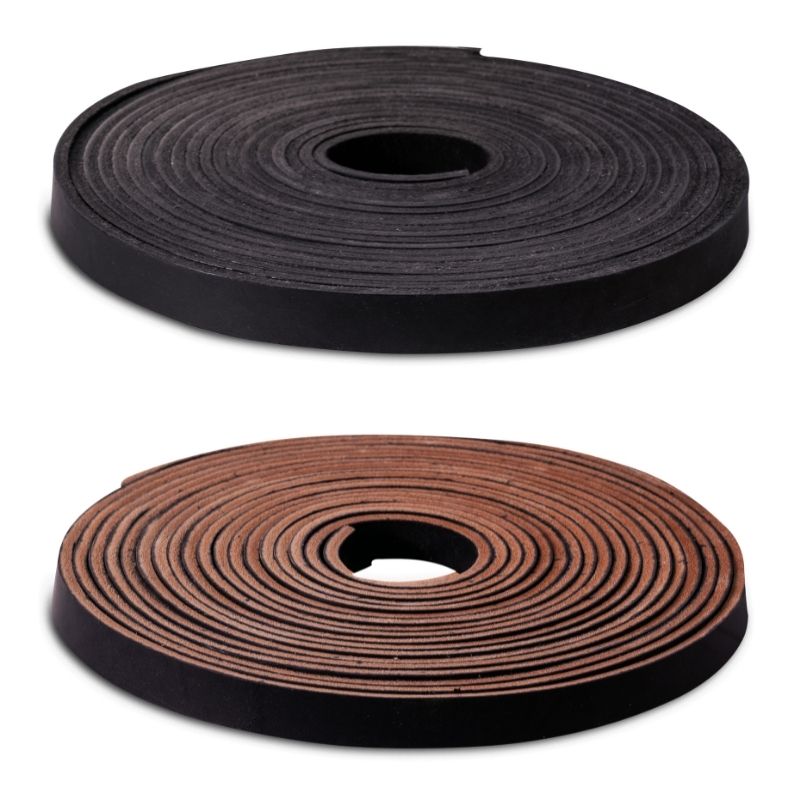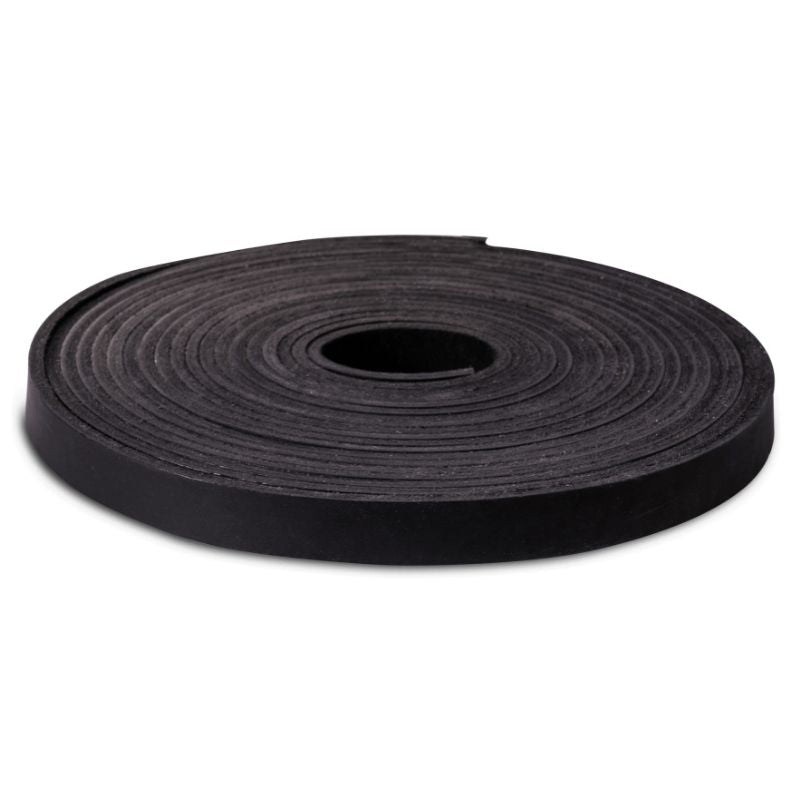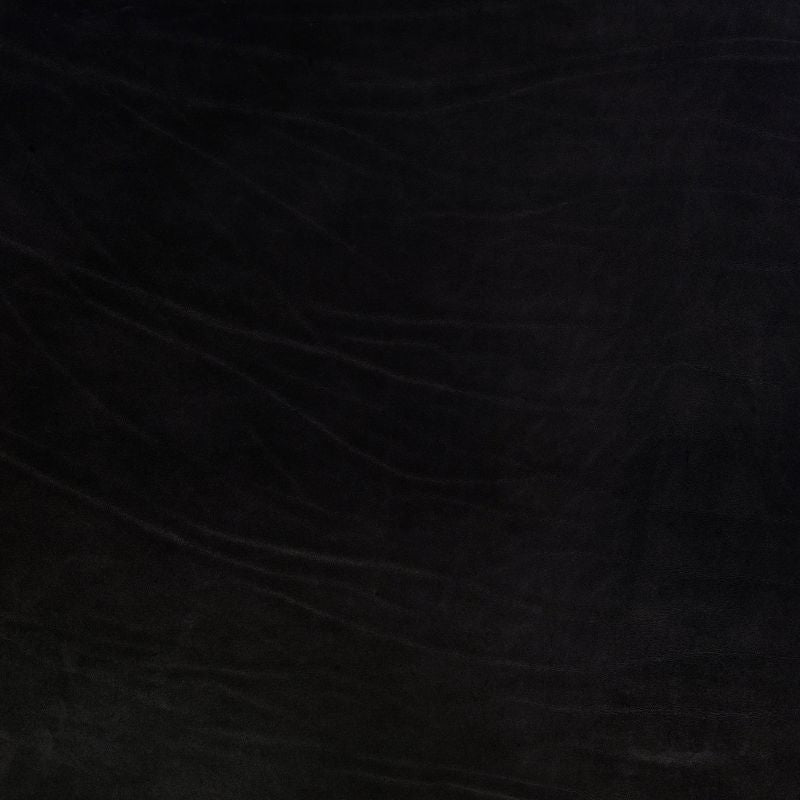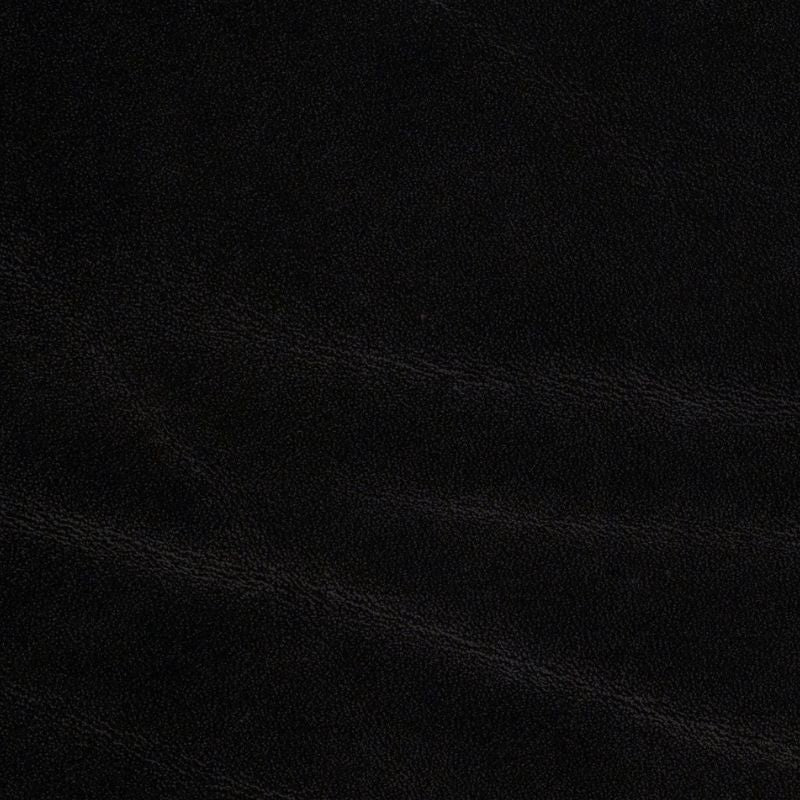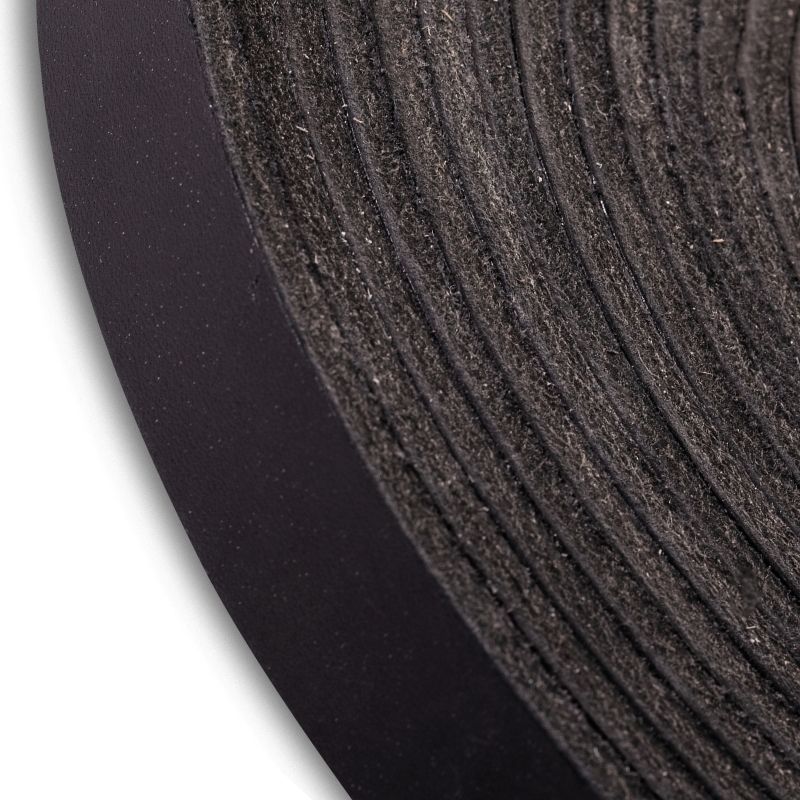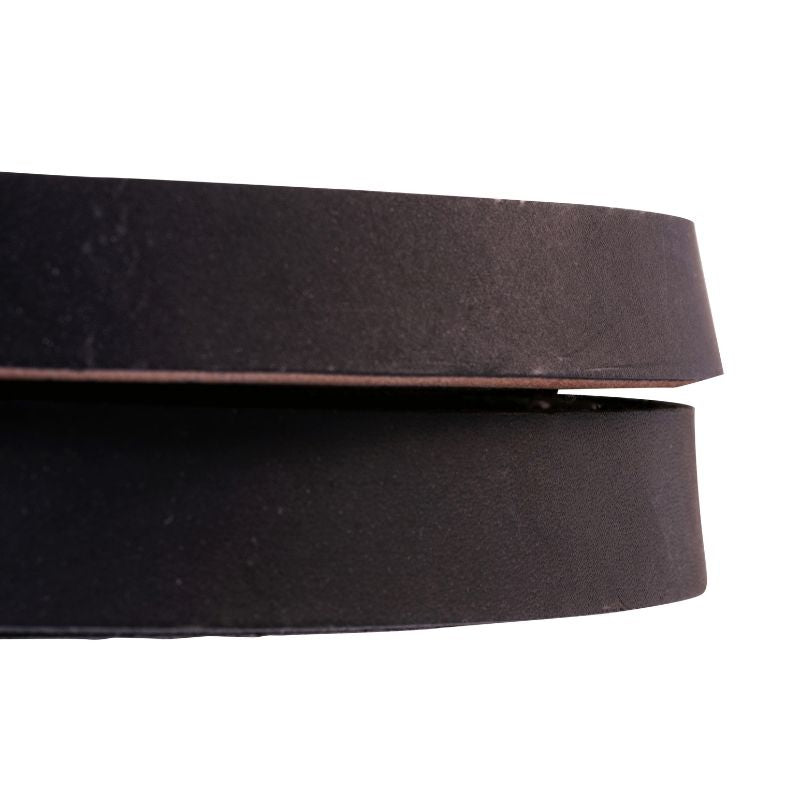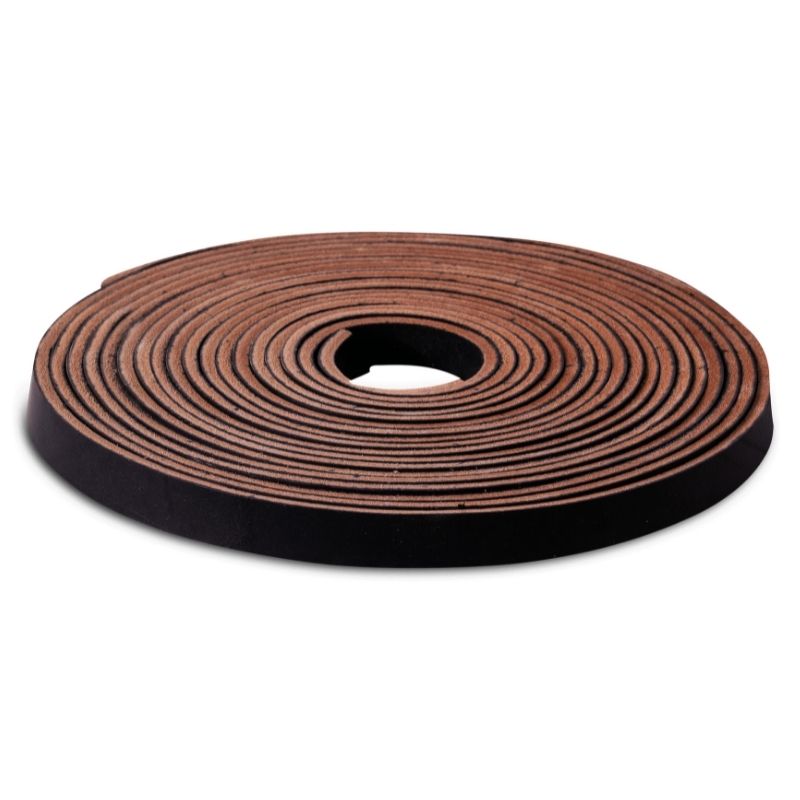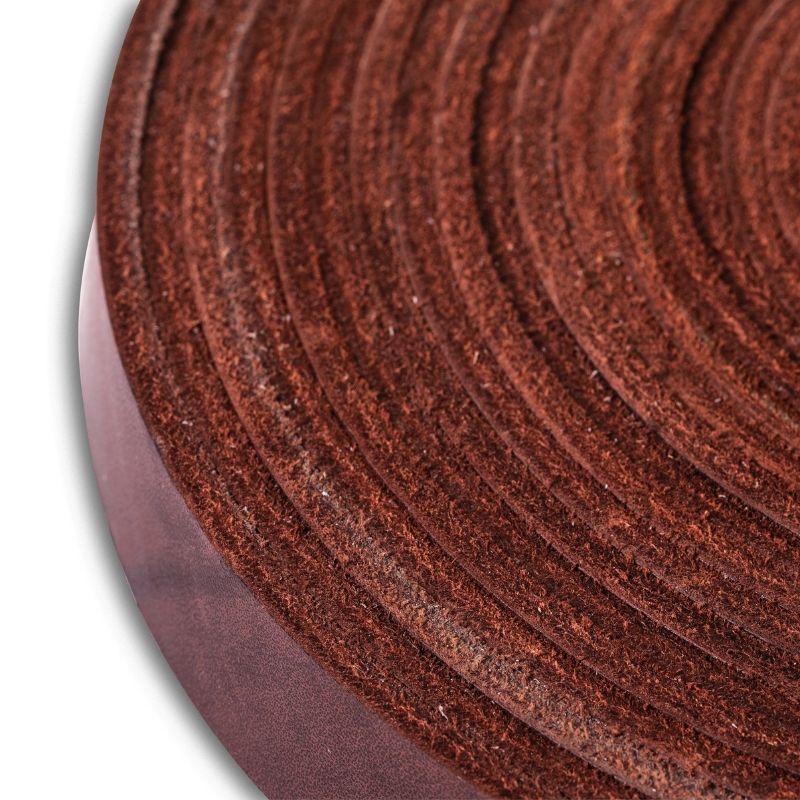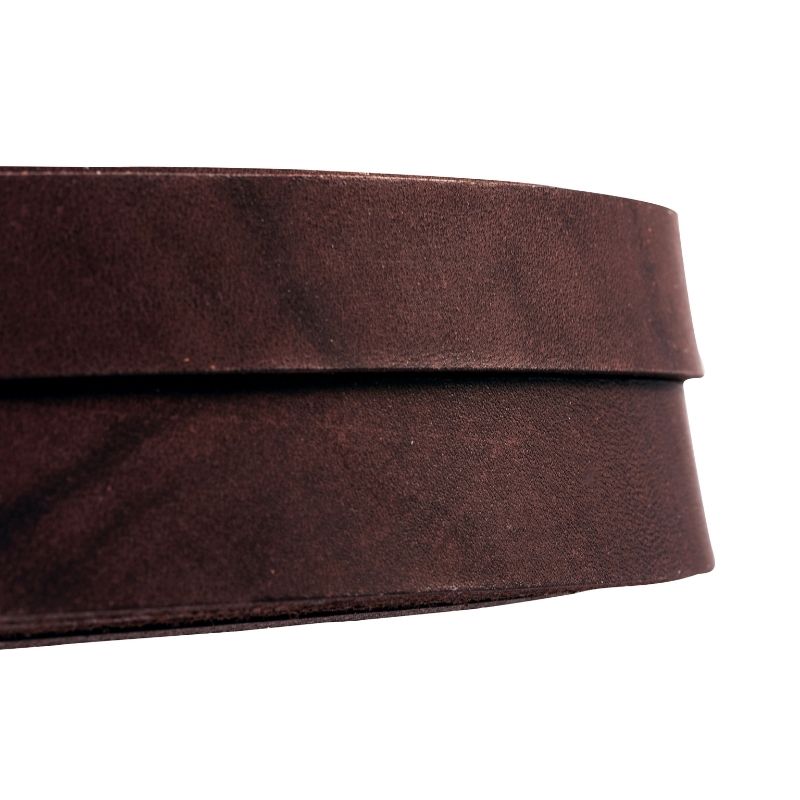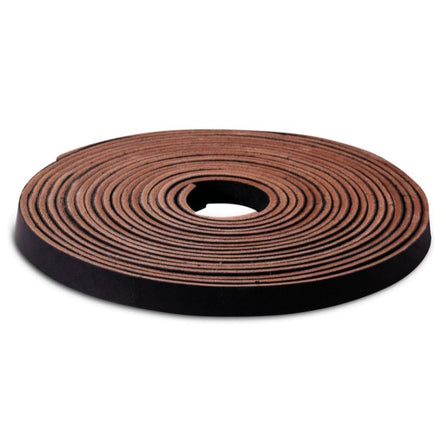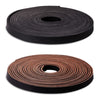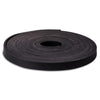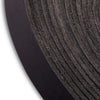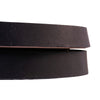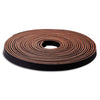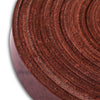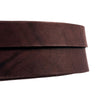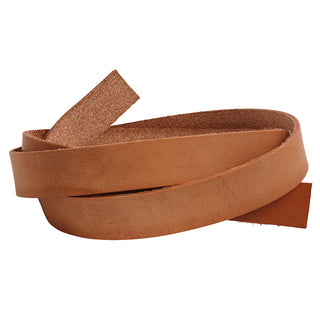Radermecker bridle reins made from our Niagara vegetable tanned leather
What is the advantage of our Niagara leather for our bridle reins and other harnesses?
Features of the bridle reins in saddle leather Niagara:
Leather bridle reins are made from our saddle leather Niagara, a 100% natural leather. Niagara leather is a full grain saddle leather unpressed, uncorrected, smooth grain and flesh. It is a vegetable tanned leather and therefore a non-allergenic leather. The vegetable tannins give firmness and a high resistance to elongation. This leather has an aniline finish which preserves the natural look of the leather. Niagara leather bridle reins are available in Black and Chocolate aniline finish. The leather bridle reins are fed in a tallow bath (a mixture of paraffin and beef fat), more commonly known as "tallow leather". This fat bath feeding allows for easier cutting and working as well as greater resistance to water. The tallow allows to have a leather without maintenance because the fat is given in a constant way on the surface of the leather, giving it the necessary food and a patina of excellence. Thanks to this nourishment, Niagara leather bridle reins have an advanced resistance in outdoor use, it will reject any external disturbance (water / salty environment). The saddle leather Niagara is therefore suitable for intensive wear and tear as well as for the equestrian sector. The bridle reins are made exclusively from butt. This is a full snail cut butt in a fixed width offering long lengths in one piece.
Origin of bridle reins in saddle leather Niagara:
Bridle reins in saddle leather Niagara are sourced fromselected beef and bullfarms in France, Germany, Spain and Italy. To ensure the quality of the leather used in its production, a leather traceability process has been set up at Radermecker Tannery throughout the leather production process. The hides are marked 3 times with 3 identifiers at each stage: on receipt of the hides, enabling traceability of the origin of the hides; during the tanning process; during the finishing process.
Uses of bridle reins in saddle leather Niagara:
Bridle reins in saddle leather Niagara can be used to make snaffle, bridle or bridle reins.
The edges of the bridle reins in saddle leather Niagara can be finished with our edge paint for saddle leathers, available in Black, Chocolate, Havana, Cognac and Victoria.
Hot or cold stamping of the leather can be done with saddle leather Niagara.
Embossing on our Niagara leather is not recommended, as the leather will regain its natural thickness and the embossed patterns will fade over time.
Dimensions and hide area of bridle reins in saddle leather Niagara:
The bridle reins in saddle leather Niagara are made from the butt. The butt is one of the thickest and firmest areas of hide. The sides, shoulder and all extremities have been removed. The butt is considered the noblest part of the hide. This area does not have a sinew and can therefore be cut in any direction. This area is especially used for parts that need more strength. We offer our Niagara leather bridle reins in 10 meter lengths and in 2 widths 20mm and 23mm.
Care instructions for bridle reins in saddle leather Niagara:
For thecare of your leather, we advise you in general: To pay particular attention to exposure to light, which can alter the colour of your leather, to always dust your leather with a dry cloth before applying a specific treatment. In case of contact with water, let your leather dry naturally, at room temperature, without any additional heat source.
For the care of saddle leather Niagara, thanks to the feeding in a fat bath, the fat is impregnated on the whole thickness of the saddle leather Niagara, so there is no need for feeding over time. Food can be applied to the grain to ensure its greasy appearance or to accelerate the patina of the leather. This care of the grain will ensure a longer life. Our saddle leather Niagara will resist humidity. Just let it dry at room temperature and it will look good again. Because it is fed in a tallow bath (grease), a whitish film of paraffin build-up can form on temperature shocks. Simply rub it off.

